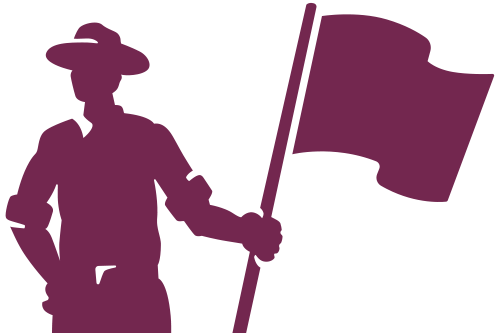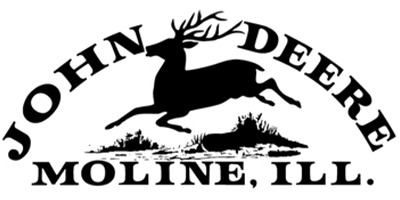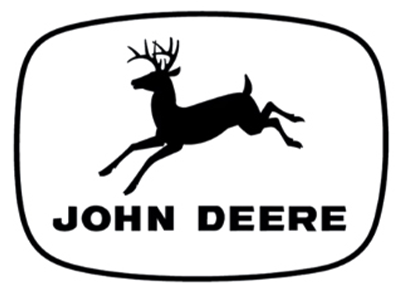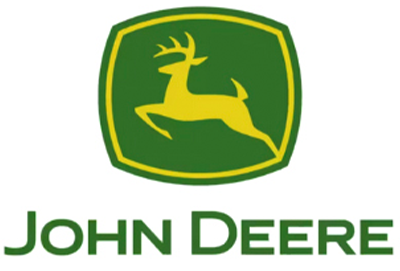BRAND REGISTRATION

In 2021, the number of trademark
applications worldwide was around
13.9 m.
Source: statista.com / 2021
In 2022, 94,545 trademark
applications were filed in France
94,545
Source: Inpi / 2022
trademark applications
were filed in the UK
137,035
Source: Intellectual Property Office, Gov.uk / 2022
WEIGH IT UP
Pros
Cons

More independence
End consumer recognition
More added value at the farm

More skills needed
High workload and organisation effort
High investment
KNOW YOUR IDENTITY,
BUILD YOUR IMAGE:

brand identity
You’re in control of the brand identity: It’s your name, logo, messages, values, market positioning, etc. The aim here is to stand out from the competition.

brand image
Your brand image is subjective; it depends on the consumer and can be influenced through communication and quality.
BRANDING STEPS TO A STRONG BRAND

Think of yourself as a brand:
“You’re a superhero – it’s just that no one has noticed yet!”
Who are you?
Let people know who you are.


What is the competition doing?
Don’t be a copy, stand out.
Define your target audience:
Find out who your customers are and what they want.


Find your story:
Don’t tell fairy tales, tell your own story.
Communicate:
Define your strengths, admit your weaknesses.

Source: Agrarmarketing Detailreich
WHAT MAKES A GOOD LOGO?
Scalable
A logo must be scalable; from very small to very large, it must remain recognisable. Don’t get carried away making it overly detailed.
Reproduction
If it is to be printed on company clothing, for example, the logo must not have too thin colour gradients or lines.
Colours
Be strategic and choose a small colour palette that is brand representative – but also consider whether it could be replicated in black and white; you want it to remain recognisable in monochrome.
Target
Who are you wanting to attract? Think about what pleases the target demographic’s eye – should the logo look fresh and modern or more traditional?
Timeless
Ideally, a logo should be timeless and not tied to a design trend.
Orientation
Landscape is often the most efficient orientation. However, a flexible logo that works in different orientations is ideal.
TAKING THE JOHN DEERE LOGO AS AN EXAMPLE:
An example of successful visual identity: A John Deere logo has been around for 150 years. During this period it was redesigned seven times. Three important milestones are presented below.


Nearly 40 years of operation fly by before John Deere registers its first trademark. The logo itself had been in use since 1873, but the very real threat of fraud changed the unofficial logo into the first recognized symbol of agricultural excellence.


John Deere was becoming so established in the construction and forestry equipment industry that the previous claim “Quality Farm Equipment” was a disservice as a slogan. The company let its name stand alone on the logo for the first time, a sign of extended industry reach worldwide.


Never one to leave good enough alone, John Deere changed its logo in a crucial way at the turn of the new millennium, showing its iconic “leaping deer” leaping instead of landing for the very first time. This current version illustrates a determination to advance through technology and to become the best version of what the world needs.
SHORTENING THE MARKETING CHAIN
Consider work organisation
Even without founding a brand, entering short marketing chains means a significantly higher amount of work with the same amount of raw products. Here is an example of the distribution of working hours in vegetable and fruit growing:
Cultivation
Sale

Harvesting and processing
Source: Chambre d’Agriculture de la Loire
What added value?
Several studies show that short marketing chains lead to higher added value within the company.
France
+ 34.4%
Italy
+ 26.5%
Poland
+ 33.7%
United Kingdom
+ 106.6%
However, some experts put this cost-effectiveness into perspective because of “hidden costs” associated with non-production tasks that are often not considered in profitability assessments. Source Économie rurale, No. 367, 2019
Source: Économie rurale, Nr. 367, 2019

